The anatomy of facial expressions
by Ailsa Harvey · 28/01/2020
Does it really take more muscles to frown than smile?
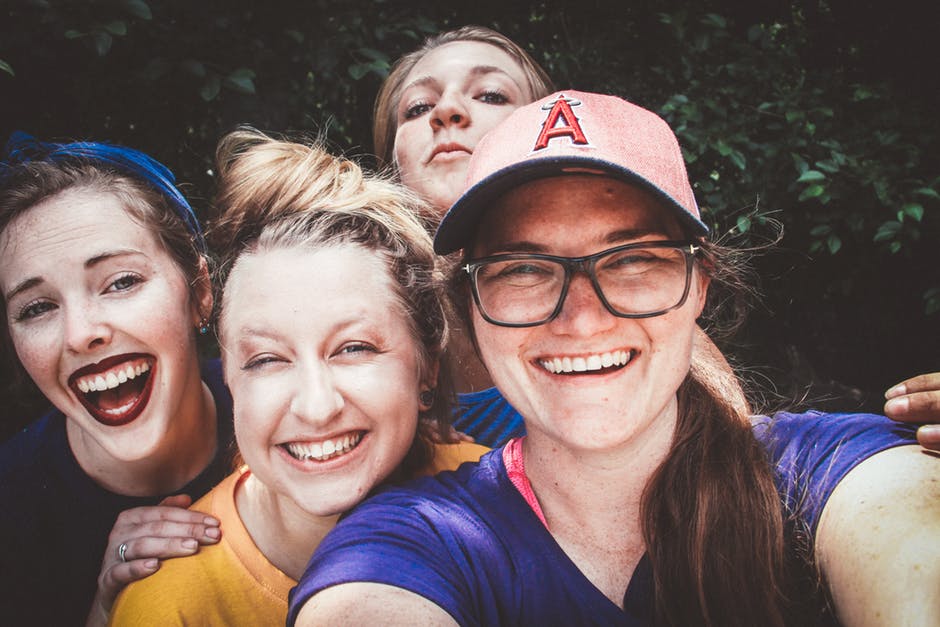
The 43 muscles of the face sit just under the skin. At one end, they are attached to bone, or sheets of tissue known as fascia, and unlike any other muscles in the body, they join directly to the skin at the other end. We can sort our facial muscles into three groups: the orbital group, the nasal group and the oral group. Together, they enable us to make four core expressions: happy, sad, afraid and angry, and over 20 combined expressions.
There are two muscles in the orbital group – the orbicularis oculi, which surrounds the eye socket, and the corrugator supercilii, which controls the eyebrow. The first is responsible for blinking and winking, and the second contracts to pull the eyebrows together into a frown.
We don’t have a lot of control over the movement of the muscles around our nose, but
the nasalis is the biggest, and with help from the depressor septi it fl ares the nostrils. The procerus runs from the top of the nose to the forehead, and it can pull the eyebrows down.
Finally, there are the oral muscles. The two major ones are the orbicularis oris, which surrounds the mouth and contracts to purse and pucker the lips, and the buccinator running under the cheekbone. There are also two groups of smaller muscles, the upper and the lower groups, which control the fine movements of the facial tissue to form smiles and frowns.
Which are the muscles that control our expressions?
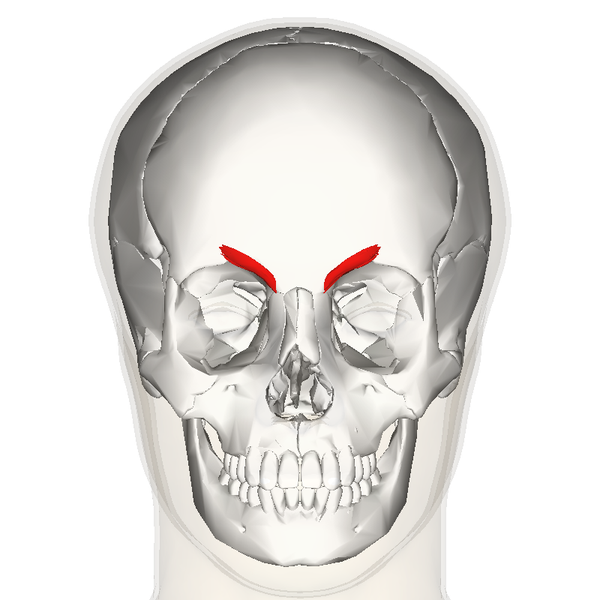
Corrugator supercilii
Shown in red, the aptly named ‘corrugator’ knits the brows into a frown.
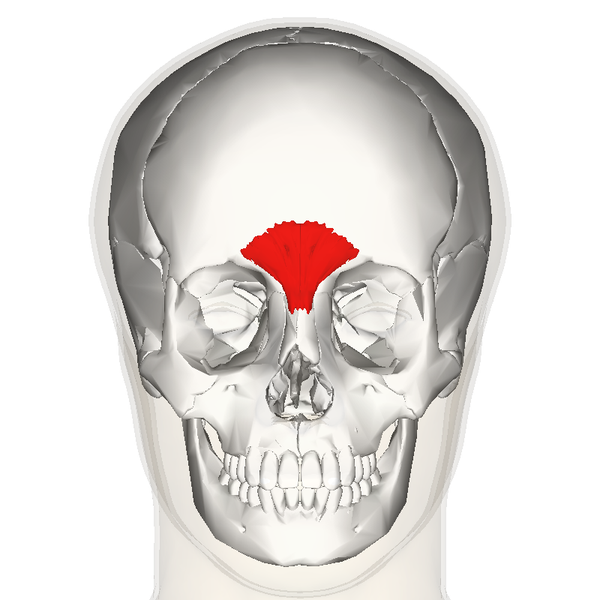
Procerus
The procerus pulls the eyebrows down for an angry facial expression.
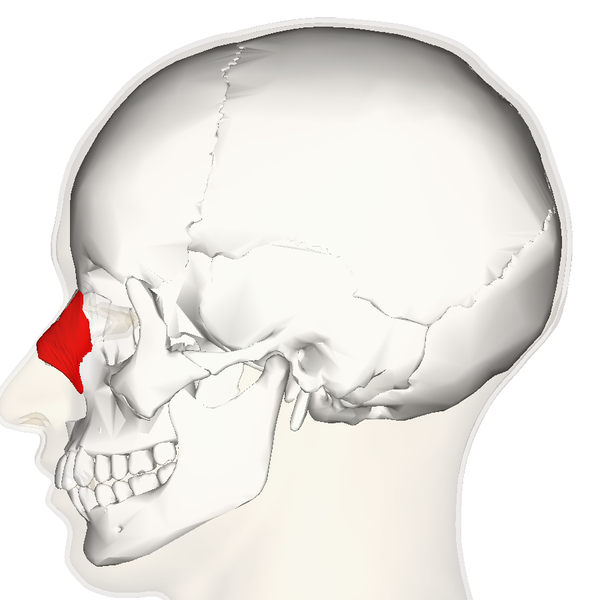
Nasalis
The muscles around the nose aren’t much use for humans, but this one can flare the nostrils.
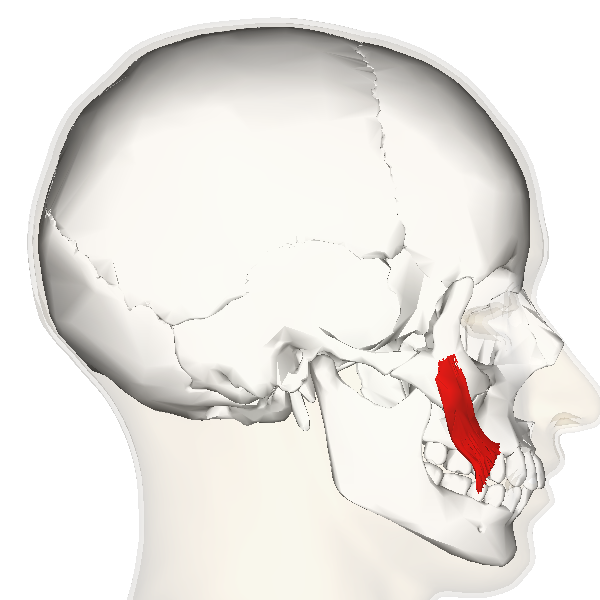
Zygomaticus major
This muscle pulls the corners of the mouth up and out into a smile.
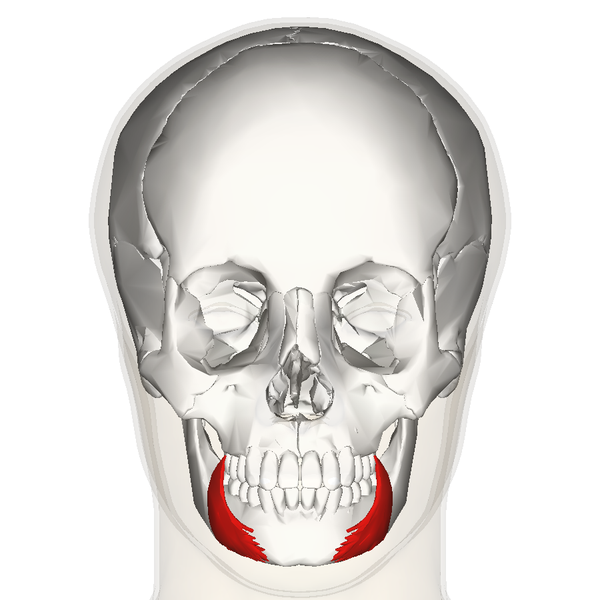
Depressor anguli oris
This muscle connects the lower jaw to the edge of the mouth, and can pull the corner down into a sad face.
Orbicularis oris
This muscle surrounds the mouth and helps pucker the lips for a kiss.
Orbicularis oculi
This muscle circles the eye and controls winking and blinking.
(Image credits: Anatomography)
This article was originally published in How It Works issue 98, written by Laura Mears
For more science and technology articles, pick up the latest copy of How It Works from all good retailers or from our website now. If you have a tablet or smartphone, you can also download the digital version onto your iOS or Android device. To make sure you never miss an issue of How It Works magazine, subscribe today!




